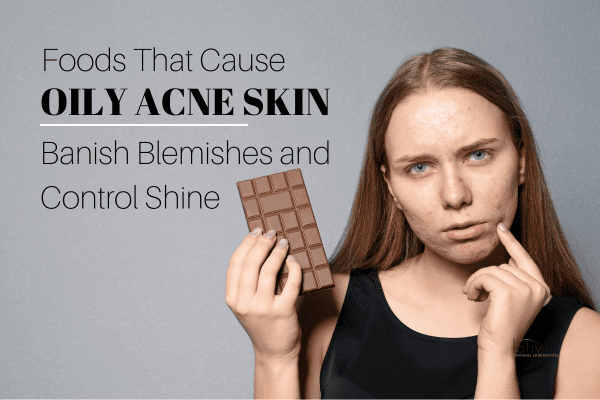
Foods That Cause Oily Acne Skin
Unveiling The Culprits: Foods That Cause Oily Acne Skin. In the quest for healthy, glowing, blemish free skin, the journey often leads us to scrutinize our diets. What we consume has a profound impact on our skin health, particularly for those battling oily and acne-prone skin. At Natural Skin Revival we understand the frustration and complexities surrounding acne management, which is why we’re delving deep into the relationship between diet and acne. Let’s uncover the foods that could be exacerbating your skin concerns and explore holistic approaches to achieve clearer, healthier skin.
What is Acne?
Acne, a common skin condition, occurs when hair follicles become clogged with oil and dead skin cells. This leads to the formation of whiteheads, blackheads, pimples, or cysts. While genetics and hormonal fluctuations play significant roles, dietary factors can also influence acne severity.
What are the Different Types of Acne?
Acne manifests in various forms, including:
- Whiteheads and Blackheads: Non-inflammatory acne lesions characterized by clogged pores.
- Papules and Pustules: Inflammatory acne lesions causing redness and pus-filled bumps.
- Nodules and Cysts: Severe, painful lesions occurring deep within the skin.
Understanding the type of acne you’re experiencing can help tailor your treatment approach effectively.
Why Does Skin Get Oily and Shiny?
Oily skin occurs when the sebaceous glands produce too much sebum, an oily substance that helps keep the skin hydrated. While some level of sebum is necessary for healthy skin, overproduction can lead to a shiny complexion and clogged pores, contributing to acne development.
Topical treatments that aim to dry up the skin’s surface may seem like a logical solution for individuals with oily skin, as the intention is to reduce the appearance of shine and control excess oil production. However, these treatments can actually be detrimental to people with oily skin in the long run.
Rather than stripping the skin of its natural oils, focus on gentle cleansing, hydrating, and balancing the skin with products specifically formulated for oily and acne-prone skin. By maintaining the skin’s natural equilibrium and supporting its inherent functions, individuals can achieve a healthier complexion without exacerbating oiliness or other skin concerns.
What Types of Foods Cause Acne?
The relationship between diet and acne has been a topic of debate for years. For decades the medical community has led us to believe that oily skin and acne (all types) have nothing to do with the foods that we eat, even though scientific evidence dating back to 1969 proved otherwise. (1) While the exact mechanisms are still being studied, certain foods have been identified as potential culprits for worsening acne:
The Blood Sugar Connection, High-Glycemic Foods: Foods high in refined carbohydrates and sugars can cause a spike in blood sugar levels, leading to increased insulin production. Furthermore, this insulin surge may stimulate the production of androgens, hormones that can contribute to excess sebum production and acne flare-ups.
Processed Foods: Processed foods devoid of nutritional value are often laden with preservatives, additives, and unhealthy fats. Additionally, processed foods can disrupt hormonal balance and contribute to skin inflammation. Read more about The Massive Impact Processed Foods Have On Skin.
Dairy Products: Milk and dairy contain hormones and growth factors that may stimulate oil production and inflammation in the skin.
Fatty Foods: While healthy fats are essential for overall health, consuming excessive amounts of saturated and trans fats found in fried and processed foods may promote inflammation and contribute to acne development.
Gluten’s Role: For individuals with gluten sensitivity or celiac disease, gluten consumption may trigger systemic inflammation, potentially exacerbating acne symptoms.
The Acne Plague
Acne is now an epidemic skin disease of industrialized countries, reaching prevalence rates of over 85% of teenagers. In the United States, acne nowadays persists even after adolescence into the third decade of life in nearly half of men and women. (2)
Preventing Food-Induced Acne and Oily Skin:
Preventing food-induced acne and oily skin involves adopting a balanced diet and lifestyle practices that support overall skin health. Here are some tips to help minimize the risk of food-induced acne and oily skin:
Eat a Balanced Diet: Focus on consuming a balanced diet rich in whole foods, including fruits, vegetables, lean proteins, whole grains, and healthy fats.
Avoid excessive consumption of processed foods, sugary snacks, and foods high in refined carbohydrates, as these can contribute to inflammation and oiliness in the skin.
Learn More: How To Eat Plant Based On A Budget

Watch Your Glycemic Index: Opt for low-glycemic foods that release sugar into the bloodstream slowly, such as whole grains, legumes, and non-starchy vegetables. These foods help stabilize blood sugar levels and may reduce the risk of acne flare-ups associated with high glycemic foods.
Stay Hydrated: Drink plenty of water throughout the day to keep your skin hydrated and help flush out toxins. Moreover, proper hydration supports skin health and can help regulate oil production.
Limit Dairy Intake: Some individuals find that dairy products exacerbate acne symptoms. Consider reducing or eliminating dairy from your diet to see if it improves your skin condition. Alternatively, opt for dairy alternatives such as almond milk or coconut milk.
Choose Healthy Fats: Incorporate sources of healthy fats into your diet, such as fish, avocados, nuts, and seeds. These fats help nourish the skin and support a healthy lipid barrier without contributing to excess oiliness. However, be mindful of the amount you consume. Unfortunately, these products can aggravate skin if you consume too much.
Manage Stress: Chronic stress can trigger hormonal fluctuations that may worsen acne and oily skin. Practice stress-reducing techniques such as meditation, yoga, deep breathing exercises, or hobbies that promote relaxation and well-being.
Practice Good Skincare Habits: Establish a regular skincare routine that includes cleansing, exfoliating, moisturizing, and sun protection. Furthermore, choose skincare products formulated for acne-prone or oily skin, and avoid harsh ingredients that can strip the skin of its natural oils.
Avoid Trigger Foods: Moreover, pay attention to how your skin reacts to certain foods and ingredients. Keep a food diary to track potential triggers and eliminate or reduce consumption of foods that seem to worsen acne or oiliness.
Testimonial: Curing Acne With Diet
How We Cured Cystic Acne With One Simple Diet Change. We know it’s hard to believe, but if you’re struggling with acne, we hope this story by Nina and Randa Nelson will inspire you to try a low-fat, plant-based diet. It’s an easy, free, drug-free therapy that treats the cause of your acne, and not just the symptoms. Read Their Story
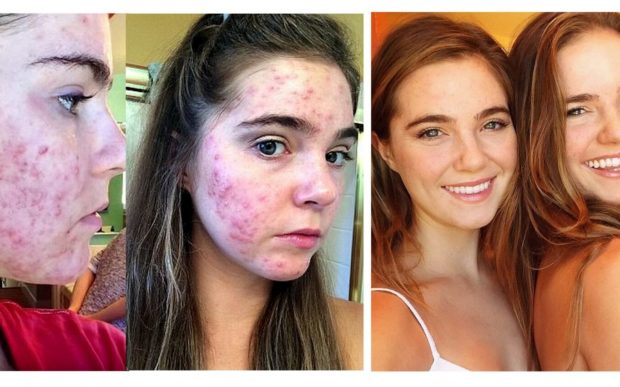
It all starts with one step. Furthermore, through nurturing food, you have the power to live your best life. If you are looking to get plant fit, consider checking out the Forks Over Knives Meal Planner. They offer useful information, tools, and recipes to help you take charge of your health destiny.
Pharmaceuticals That Eliminate Acne and Oily Skin
While pharmaceutical treatments can play a valuable role in managing acne and oily skin, they are not always capable of providing a comprehensive solution. Integrating pharmaceutical treatments with lifestyle modifications, skincare practices, and dietary changes can enhance treatment outcomes and support long-term skin health and wellness. Additionally, natural skincare products formulated with botanical extracts, vitamins, and antioxidants can complement pharmaceutical treatments by nourishing and balancing the skin without harsh chemicals or synthetic ingredients.
When To Consult a Healthcare Professional
If you’re struggling with acne or oily skin despite dietary and lifestyle changes, consult with a dermatologist or healthcare professional. They can offer personalized advice, recommend appropriate skincare treatments, and assess whether underlying medical conditions may be contributing to your skin concerns.
Treating and Managing Oily Acne Skin With Natural Skin Revival
For healthy skin, it’s essential to prioritize nutrient-rich foods on your plate. Additionally, extend the same health-conscious approach to your personal care products. Opt for natural creams, ointments, and other topicals, while avoiding harsh chemicals or unnatural ingredients that could worsen your condition.
To effectively treat and manage oily acne-prone skin, focus on neutralizing and balancing oil production. Moreover, avoid harsh drying chemicals or medications, as they can trigger the sebaceous glands to produce more oil, leading to excessive shine and blemishes.
At Natural Skin Revival, we formulate our products specifically for oily acne-prone skin, using gentle, lightweight plant oils that mimic the body’s natural sebum. When applied, these oils blend seamlessly to keep the skin calm and balanced, revealing a clean, clear, and shine-free complexion.
Product Recommendation:
Written By: Mary Ellen Wank, Wellness Advocate and Founder of LATIV, Natural Skin Revival DISCLAIMER
Recommended Articles:
How Processed Foods Are Trashing Your Skin
How Sugar Contributes to Acne, Eczema, Rosacea and Aging
Effects of Stress on Skin & Ways to Handle It
Banish Bloating, Clear Skin and Feel Amazing
References:
1) Fulton JE Jr. Effect of chocolate on acne vulgaris. JAMA. 1969 Dec 15;210(11):2071-4.
4) Thiboutot DM. Diet and acne revisited. Arch Dermatol. 2002 Dec;138(12):1591-2.

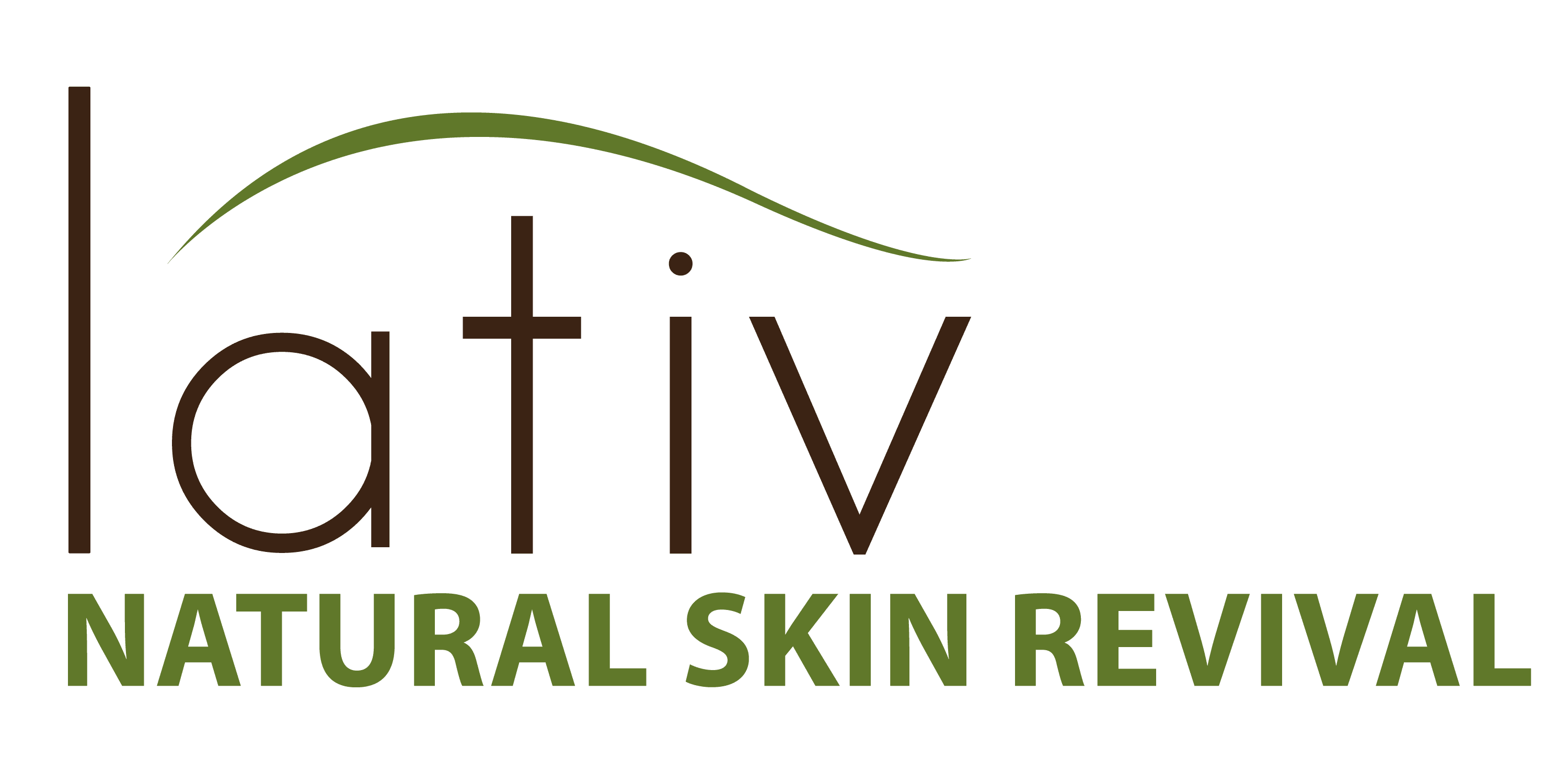
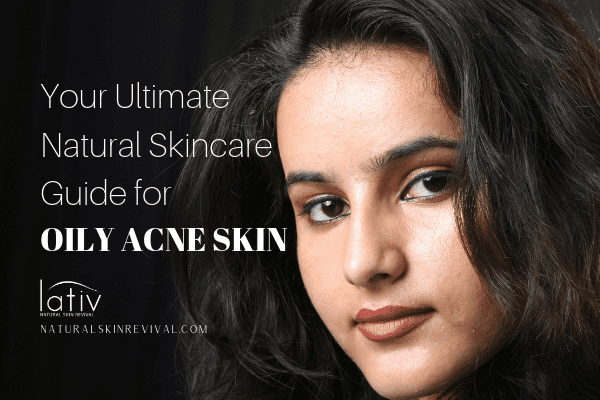
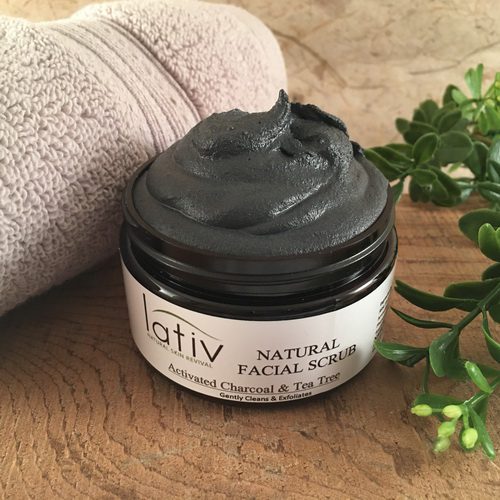
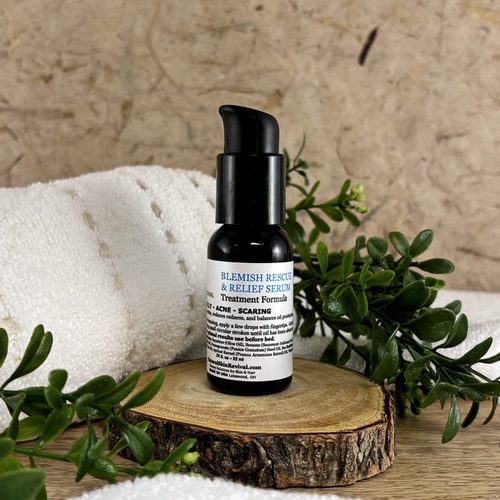
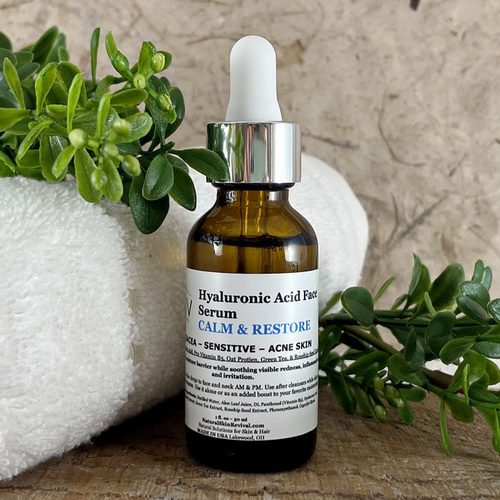
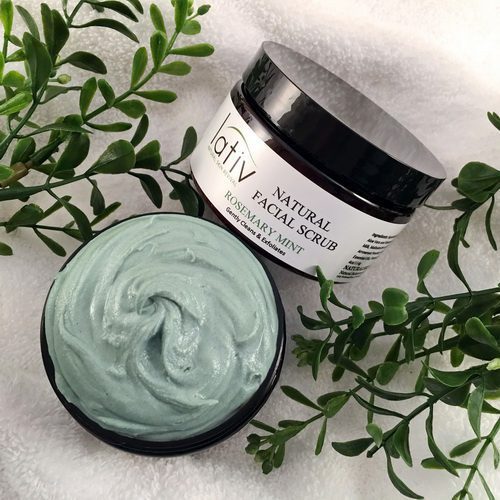
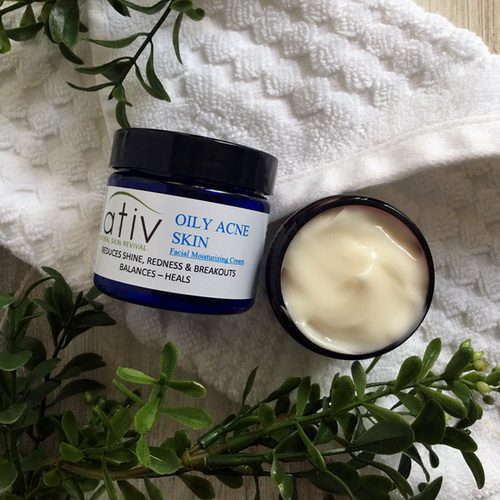
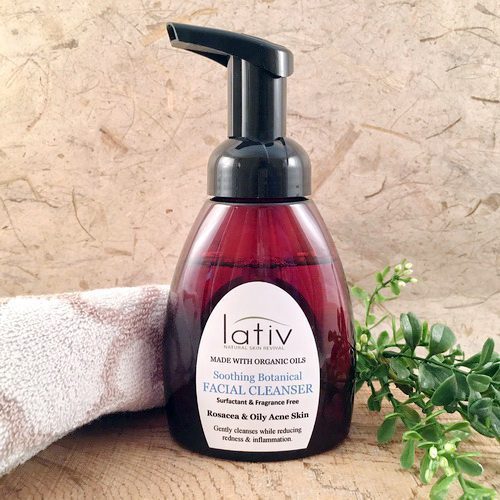
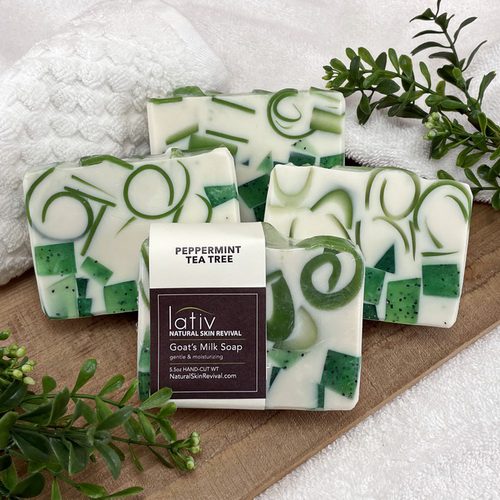
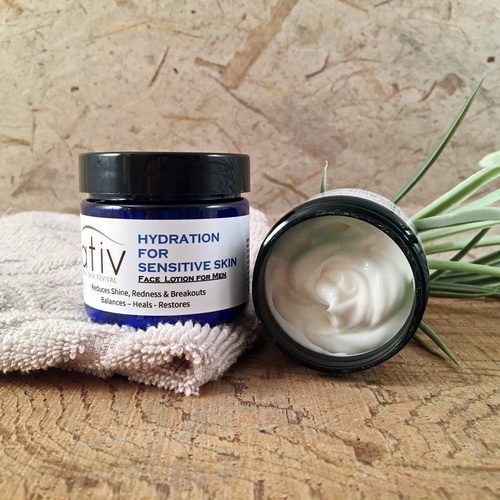
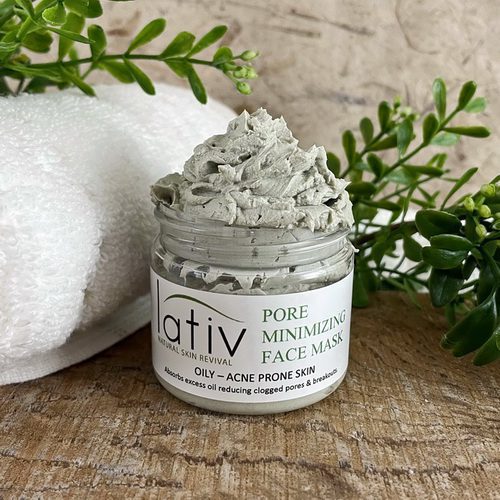
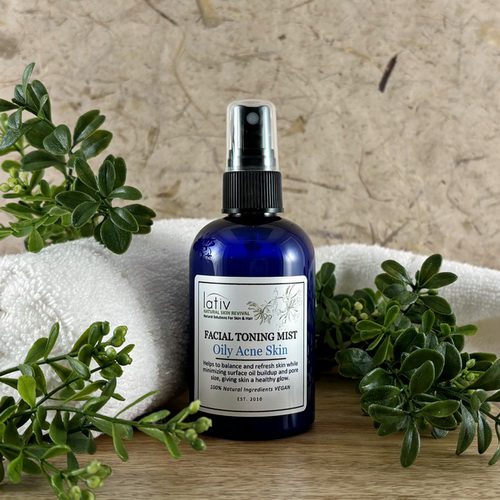
Comments are closed here.